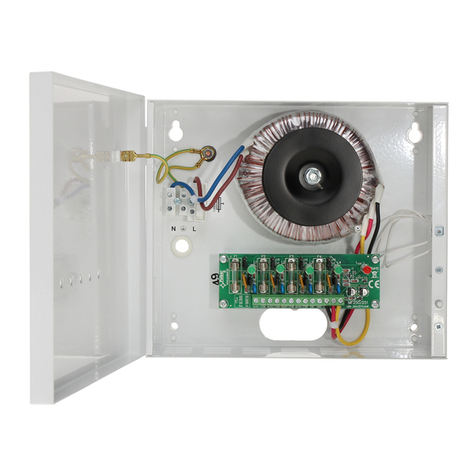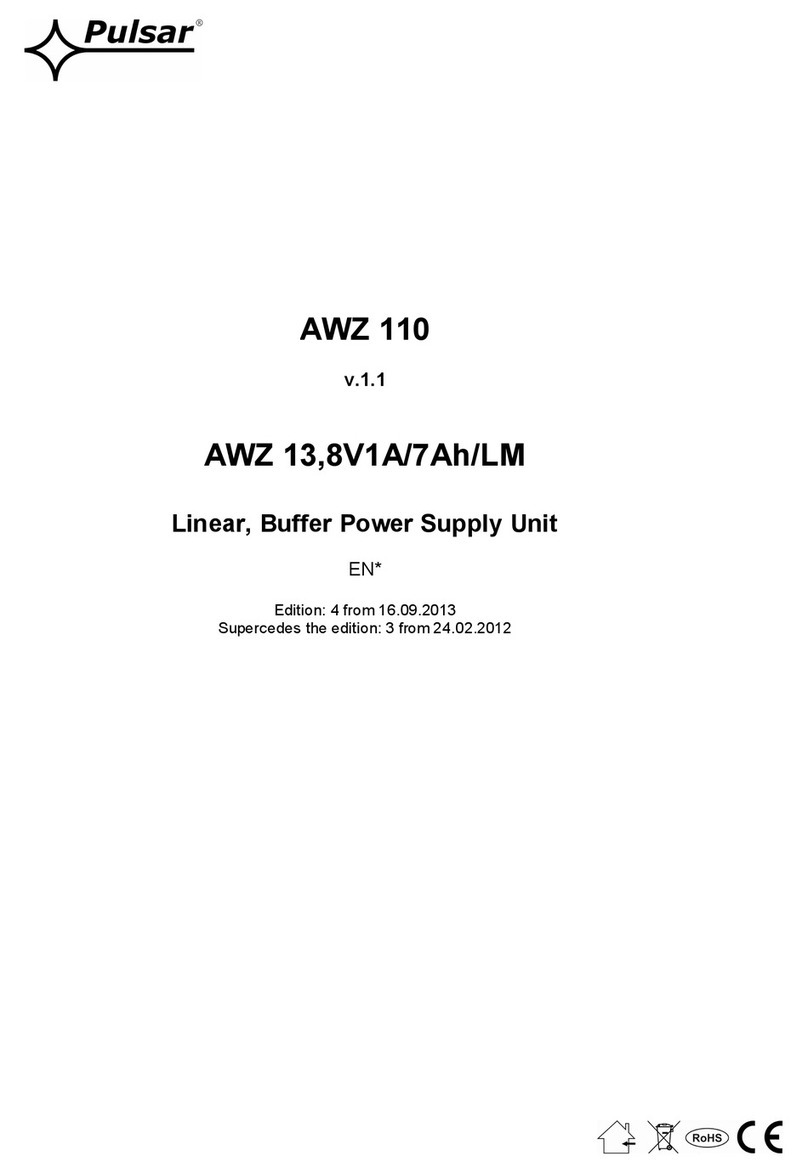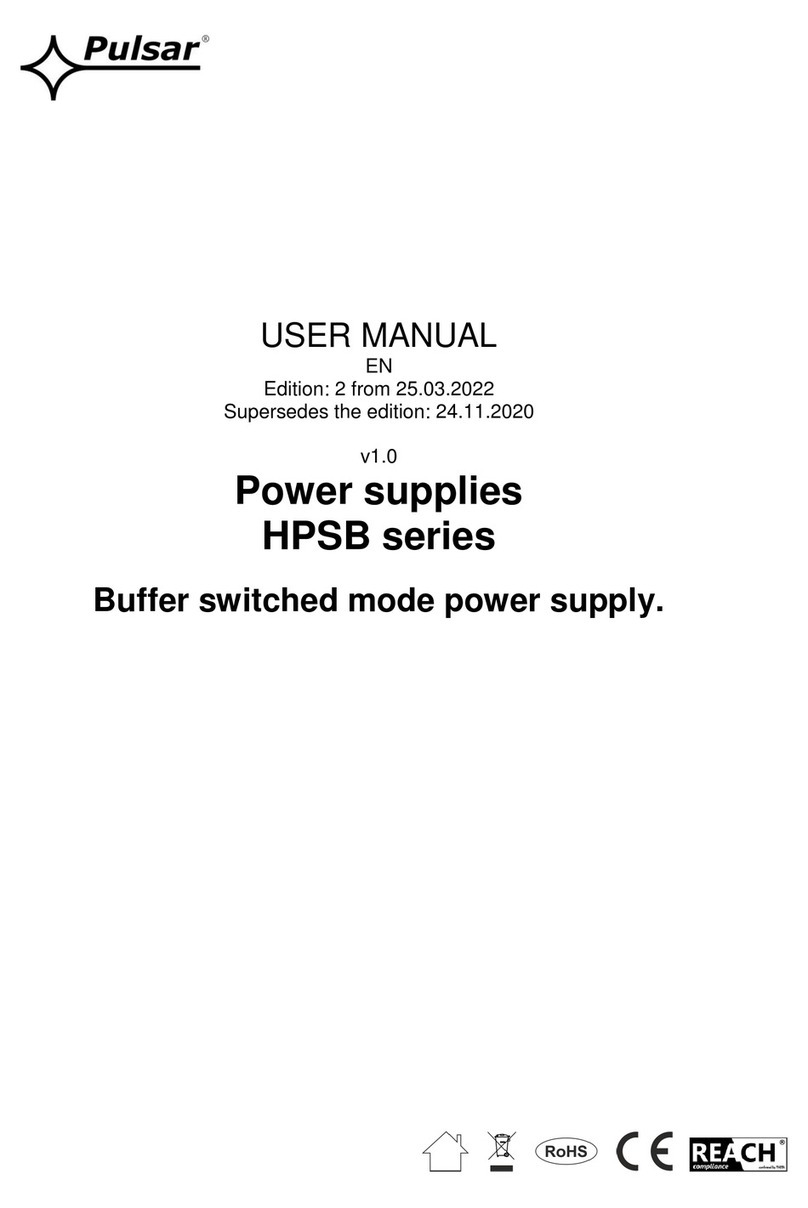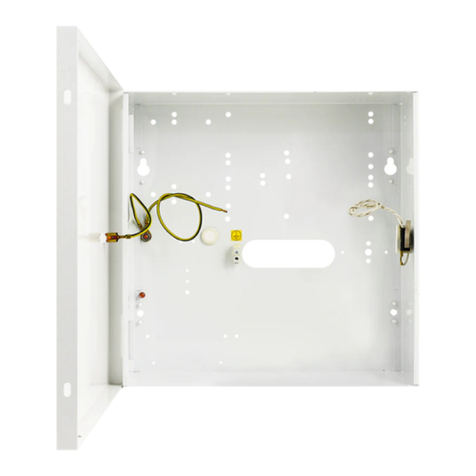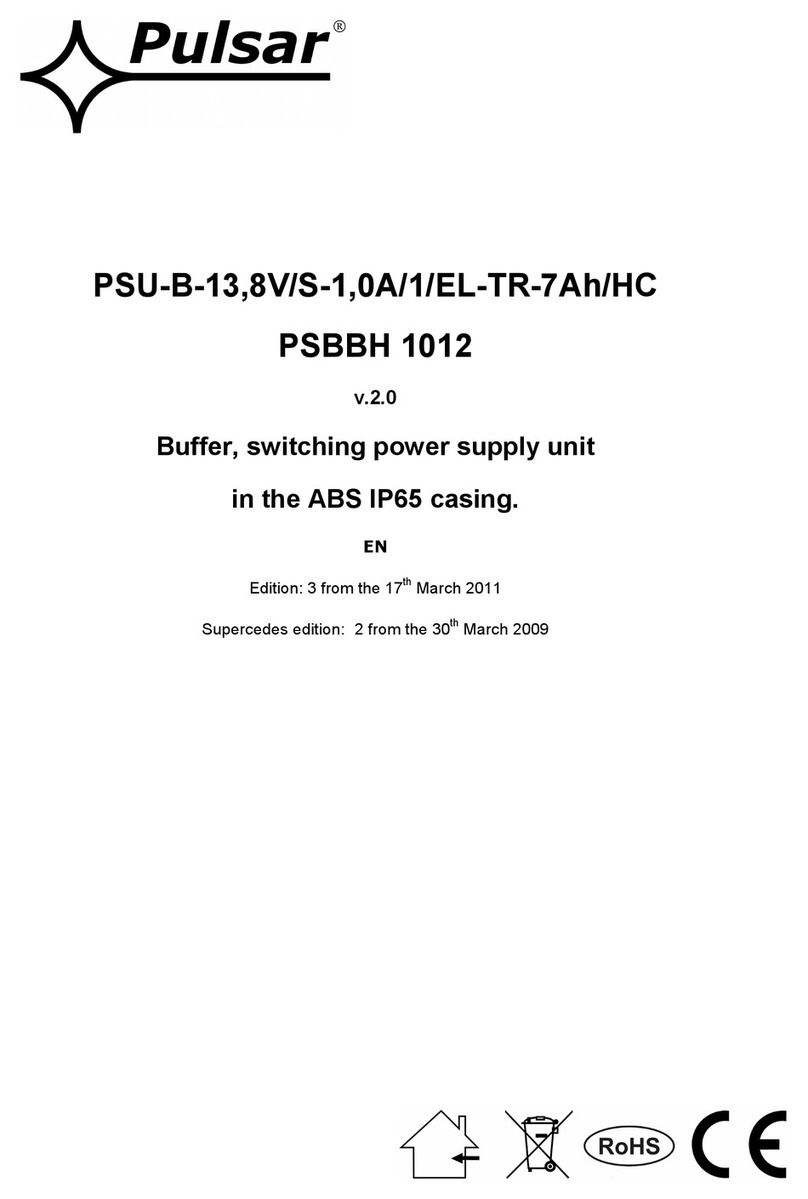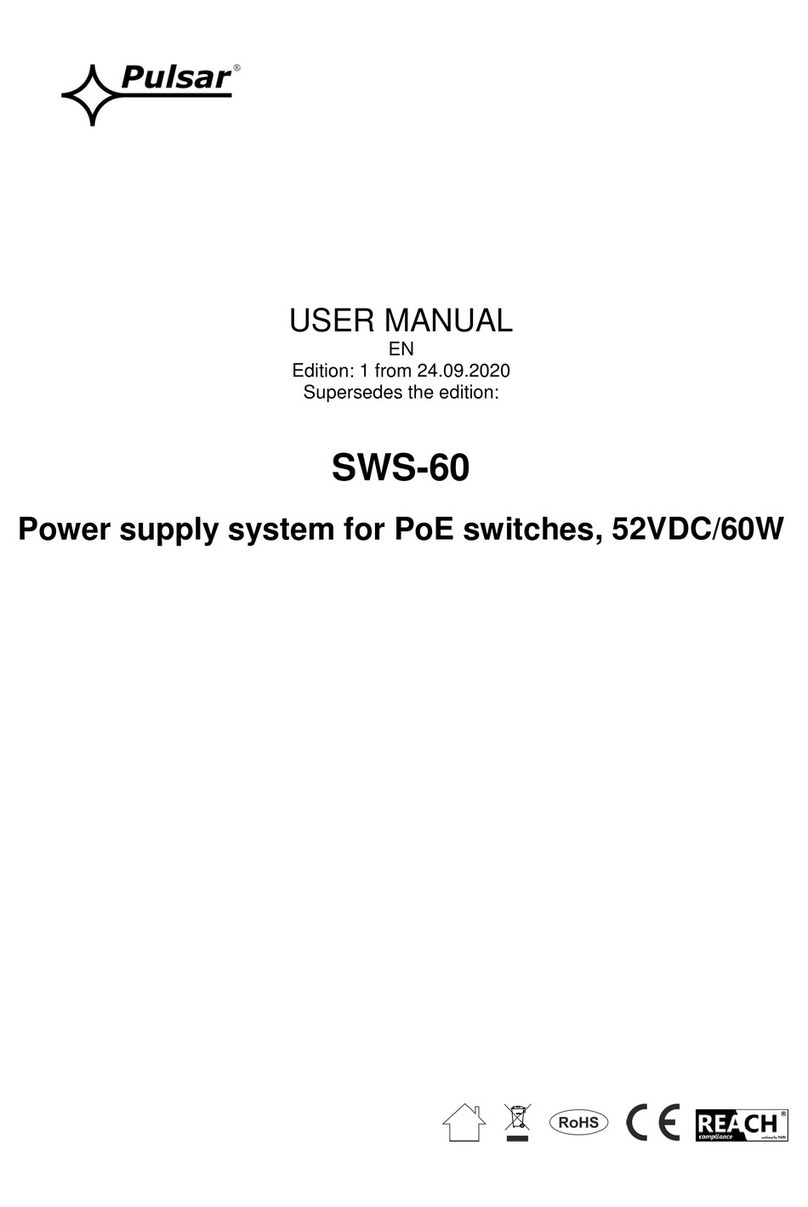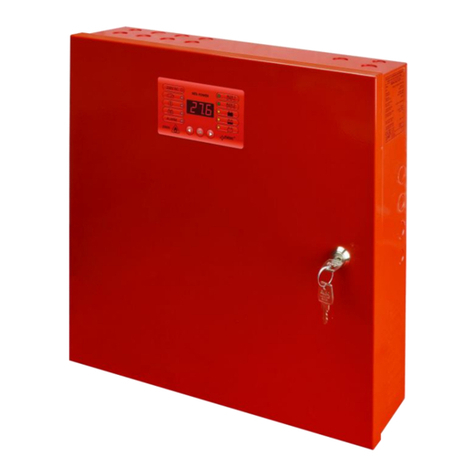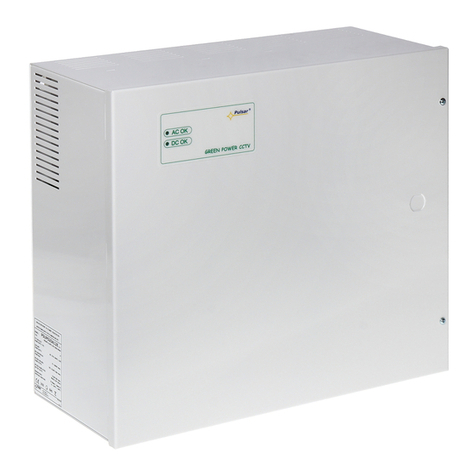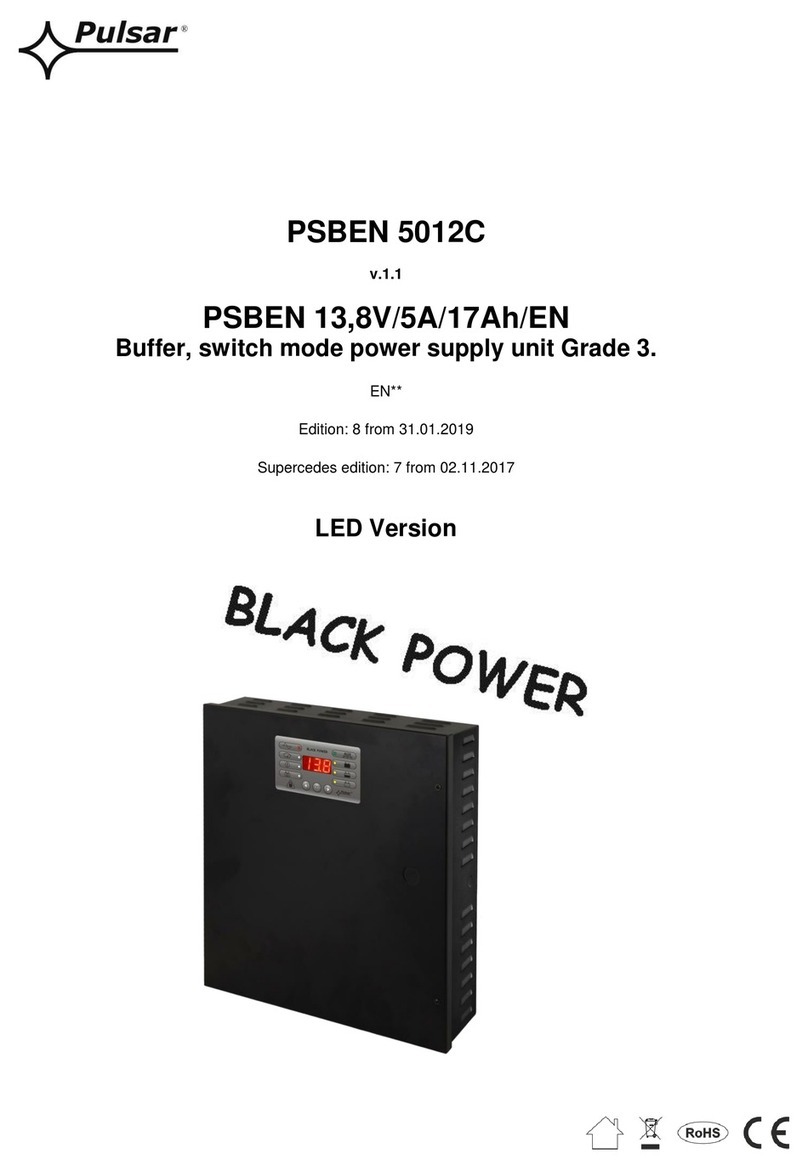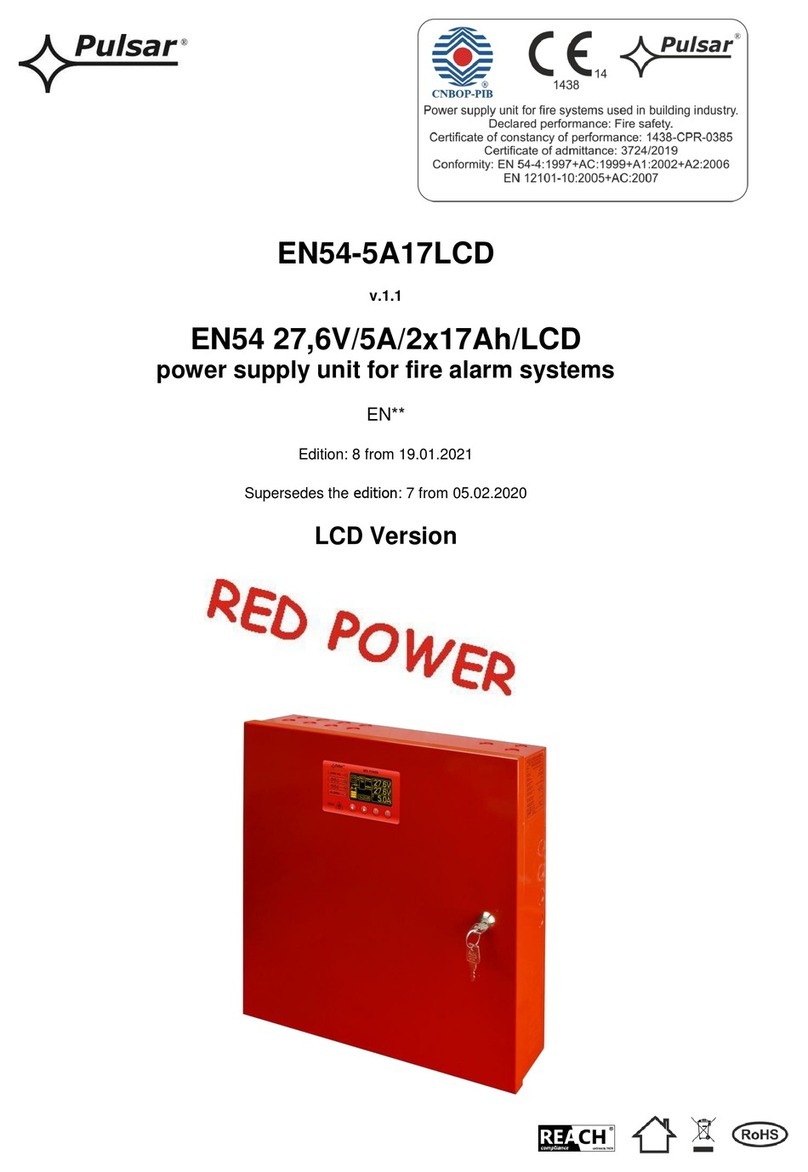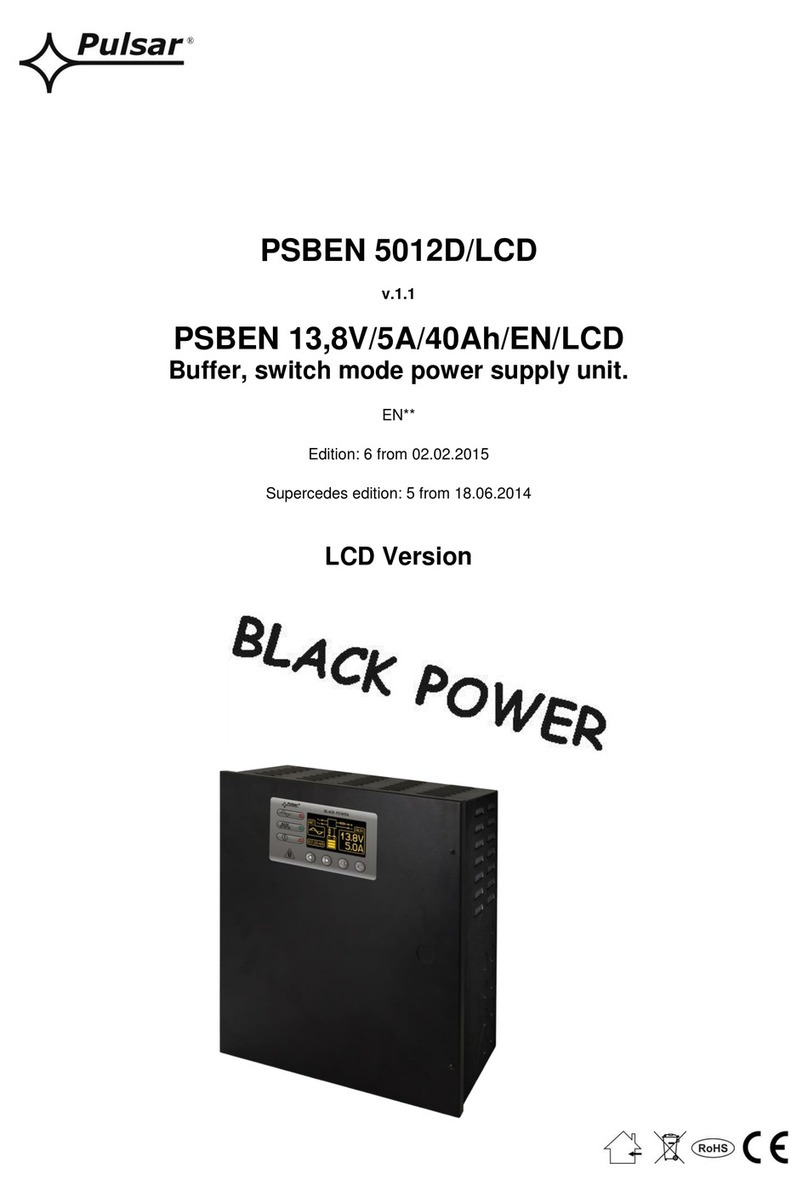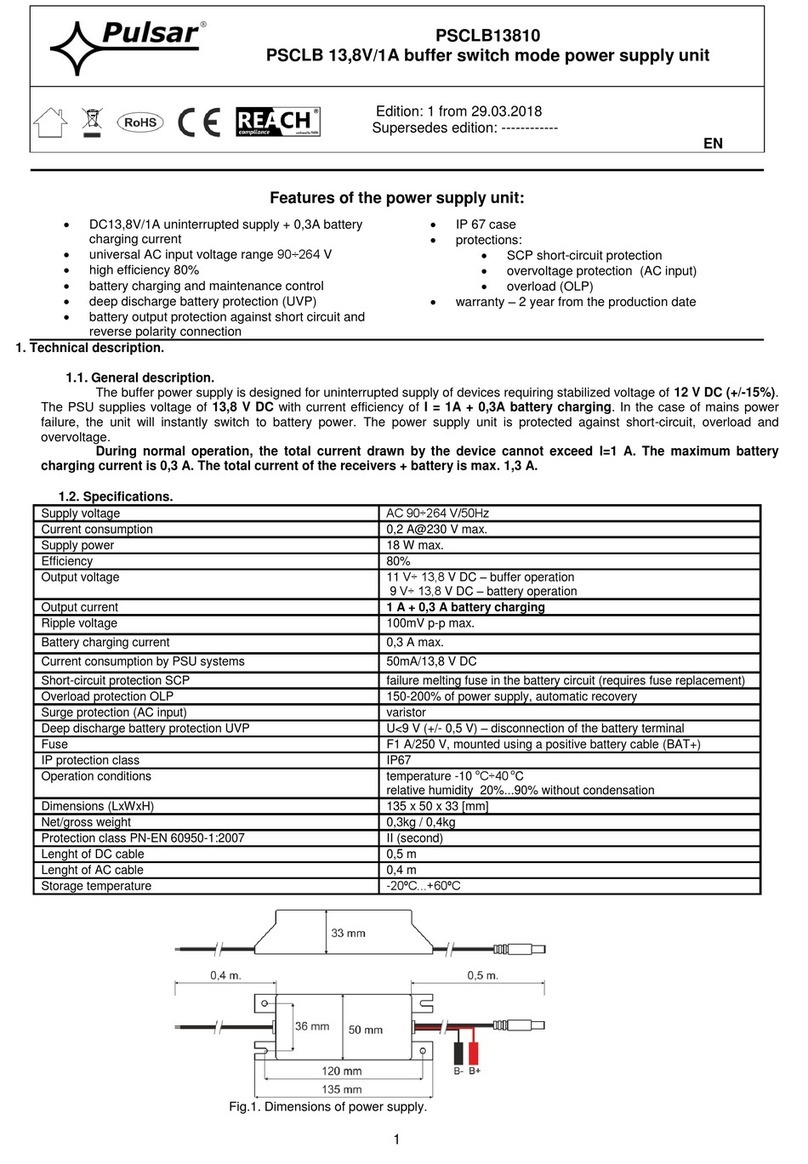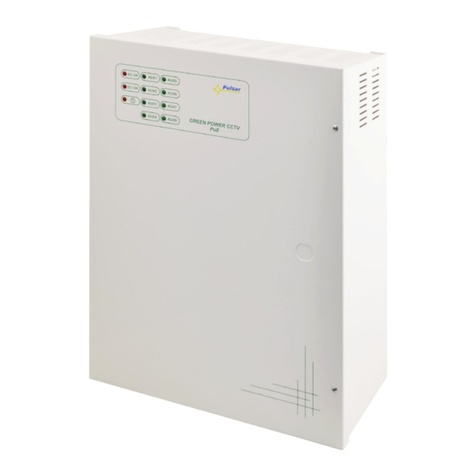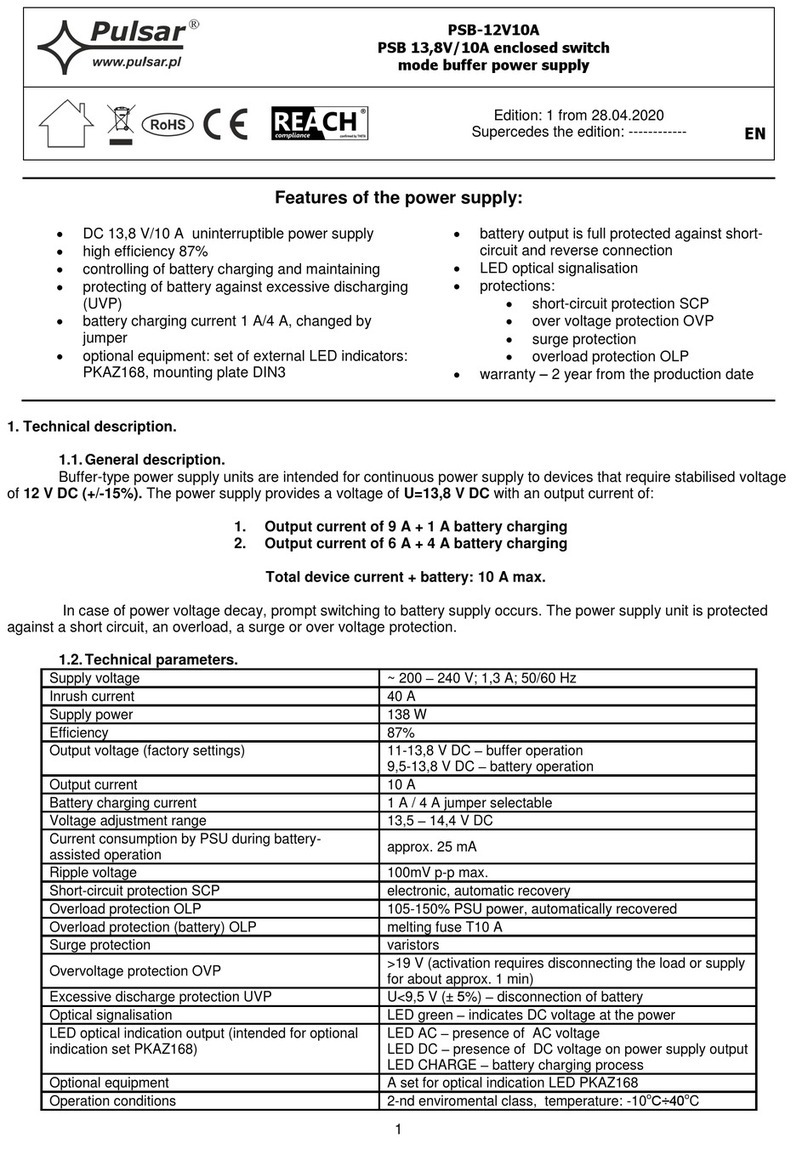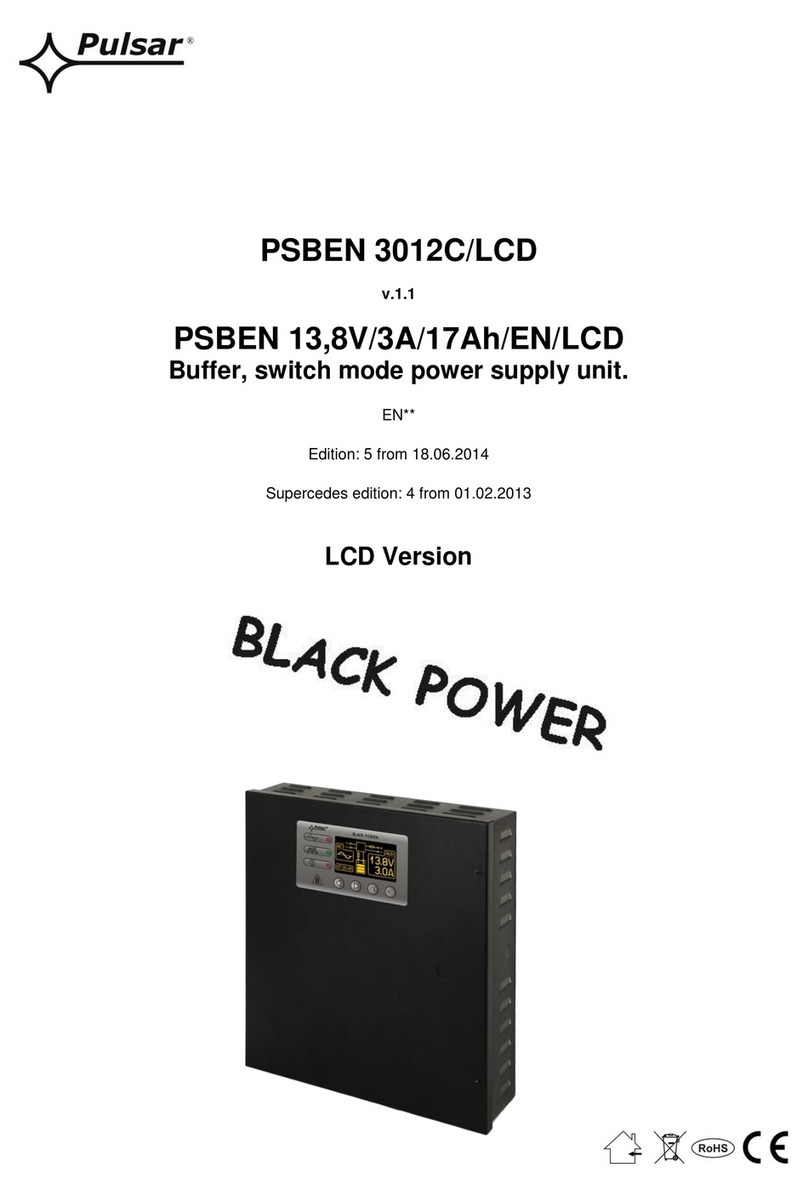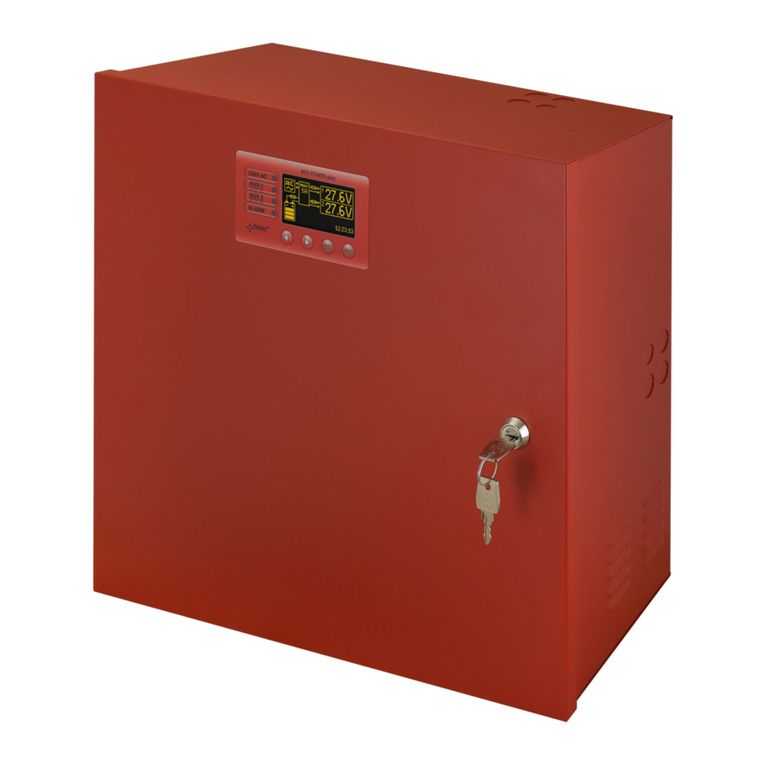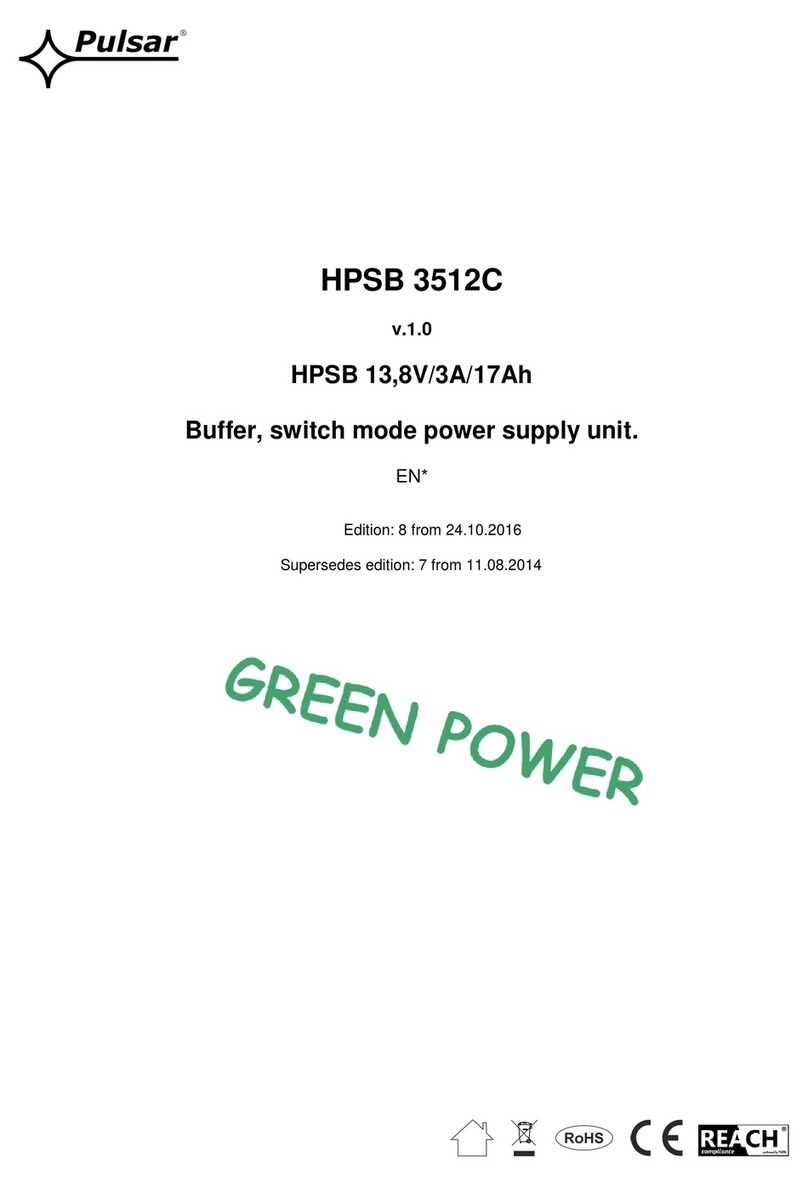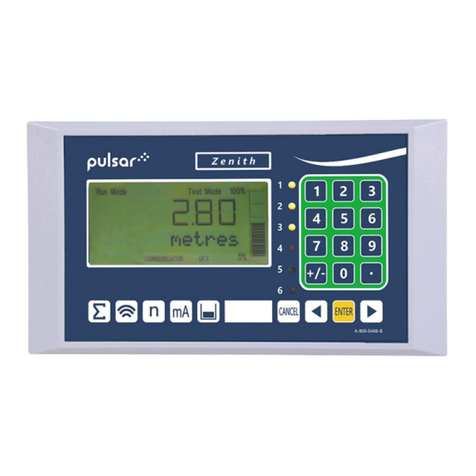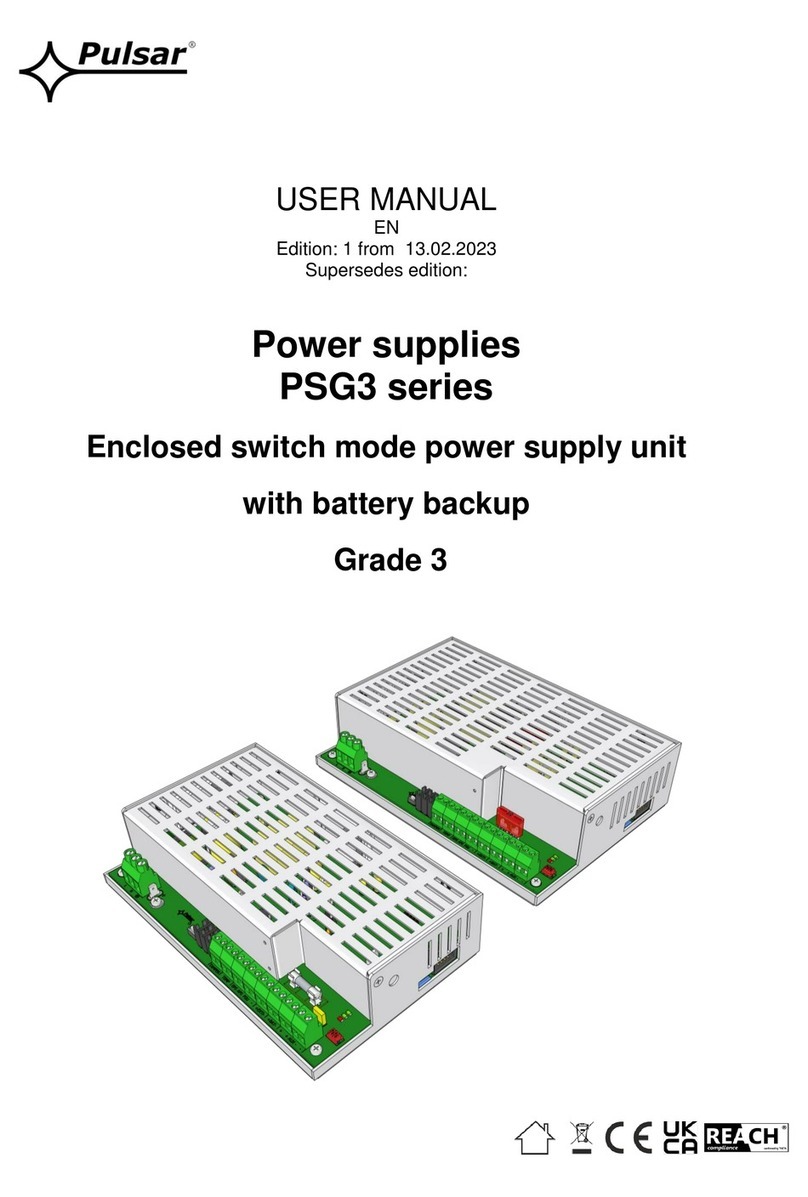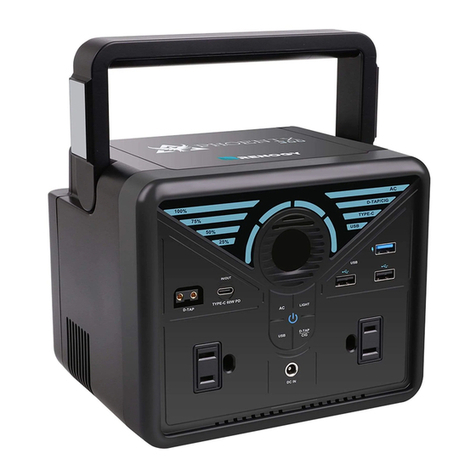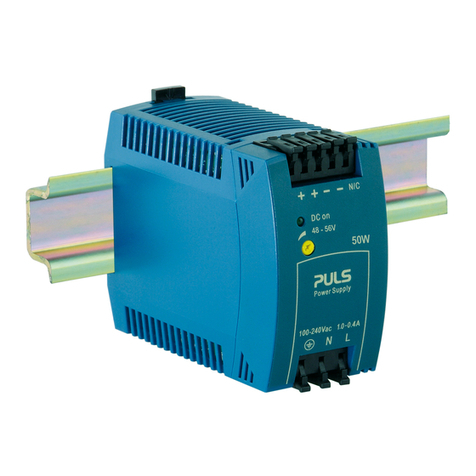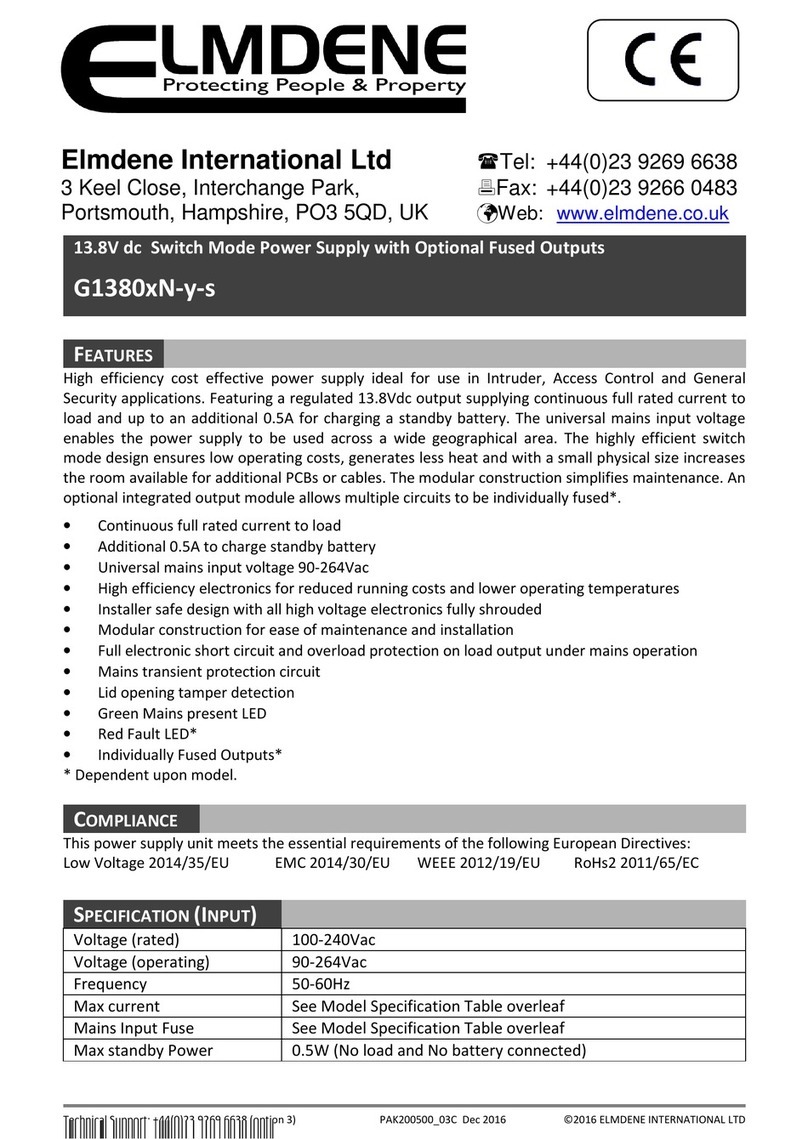
Table 3. Operation safety.
Protection class EN 62368-1
Protection grade EN 60529
Electrical strength of insulation:
- between input and output circuits of the PSU
- between input circuit and protection circuit
- between output circuit and protection circuit
4000 V DC min.
2500 V DC min.
500 V DC min.
Insulation resistance:
- between input circuit and output or protection circuit
Table 4. Operating parameters.
Environment class EN 50131-6
Environment class EN 60839-11-2
20%...90%, without condensation
Vibrations during operation
Impulse waves during operation
Vibrations and impulse waves during transport
According to PN-83/T-42106
2. Installation.
2.1 Requirements.
Power supply modules are intended for installation in an additional enclosure. In order to
meet the requirements of IDS and AC standards, enclosure must be designed in accordance to
security level with which compliance is established.
Buffer power supply is designed to be installed only by qualified installer with necessary permits and
authorisations (required in installation country) to connect (interfere) with the 230 V mains supply. The PSU shall work in
a vertical position that guarantees sufficient convectional air-flow through ventilating holes of the enclosure. The device
be mounted in a metal enclosure (cabinet) in a vertical position so as to ensure free, convection air flow through the
vents. In order to meet the EU requirements, follow the guidelines on: power supply, enclosures and shielding: -
according to application.
As the PSU is designed for a continuous operation and is not equipped with a power-switch, therefore an
appropriate overload protection shall be guaranteed in the power supply circuit. Moreover, the user shall be informed
about the method of unplugging (usually through assigning an appropriate fuse in the fuse-box). The electrical system
shall follow valid standards and regulations.
2.2 Installation procedure.
CAUTION!
Before installation, make sure that the voltage in the 230 V power-supply circuit is cut off.
To switch off power use an external switch in which the distance between the contacts of all
poles in the disconnection state is not less than 3mm.
It is required to install an installation switch with a nominal current of 6 A in the power supply circuits
outside the power supply unit.
1. Mount the PSU in a selected location and connect the wires.
2. Connect power cables (~230 V) to L-N clips of PSU. Use a two-core cable. Wires should be deisolated to a
length of 7mm.
3. If needed, connect the device cables to the technical outputs:
- EPS; technical output indicating AC power failure
- APS; technical output indicating battery failure
4. Connect equipment to the appropriate output terminals of power supply (positive connector +V, negative
connector -V)
5. Use the IBAT jumper to set the maximum battery charging current, taking into account the battery parameters and
required charging time.
6. Mount the battery in the battery compartment of the enclosure. Connect the batteries with the PSU paying
special attention to the correct polarity and type of connections (Fig. 3):
